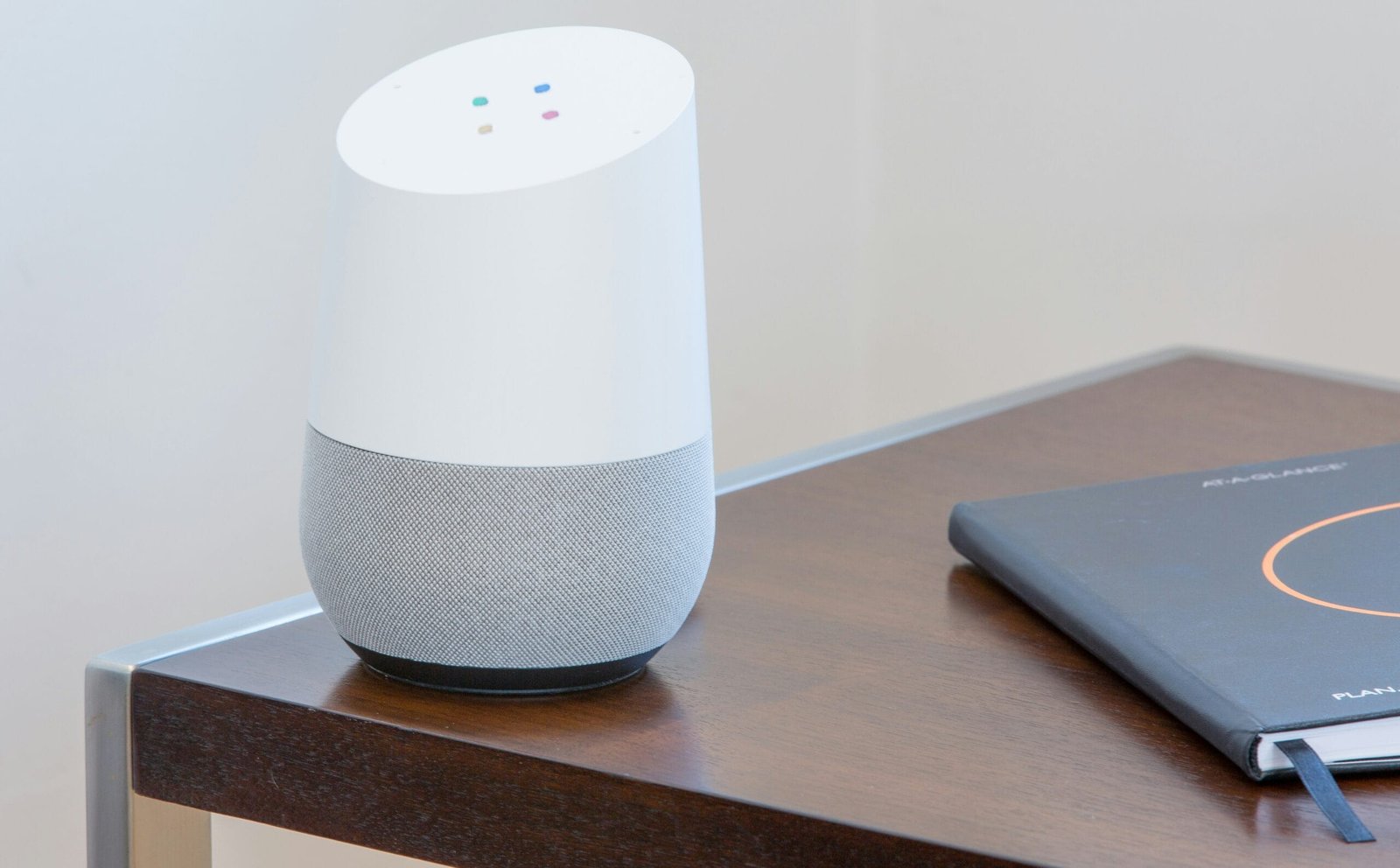Introduction to Home Health and Wellness Technology
In recent years, the concept of home health and wellness technology has gained significant traction as individuals seek ways to improve their quality of life within the comfort of their own houses. As contemporary lifestyles often come with increased stress and sedentary behavior, the integration of innovative technologies into daily routines has emerged as a practical approach to maintain health and enhance well-being. Home health technology encompasses a wide range of devices and solutions designed to promote a healthier environment and encourage better habits.
Among the most notable innovations are smart beds, air quality monitors, and wellness tracking devices. Smart beds, equipped with advanced features such as temperature control, sleep tracking, and adjustable positions, aim to provide users with optimal sleep quality. Recognizing that sleep plays a fundamental role in overall health, these beds facilitate a more restful and restorative experience, which is vital for physical and mental health.
Air quality monitors complement this by ensuring that indoor environments are conducive to wellness. These devices track air quality levels and provide real-time data on pollutants, including volatile organic compounds (VOCs) and particulate matter. Maintaining clean air is essential for preventing respiratory issues and promoting general health, especially for individuals with allergies or asthma.
Additionally, wellness tracking devices such as fitness watches and mobile applications empower individuals to take control of their health by monitoring physical activity levels, heart rate, and other vital metrics. This technology fosters accountability and motivates users to adopt healthier lifestyle choices, contributing to overall well-being.
Through this exploration of the roles of smart beds, air quality monitors, and wellness tracking devices, one can appreciate how these innovations collectively enhance home health and wellness, tailoring individual experiences that support optimal living conditions. The significance of integrating these technologies into everyday life underscores their potential impact in promoting a healthier lifestyle.
Smart Beds: A Revolution in Sleep Wellness
Smart beds represent a significant advancement in sleep wellness technology, tailored to address individual sleeping preferences and enhance the overall quality of rest. These innovative beds are equipped with advanced sensors and automated systems that adapt to the user’s body dynamics and sleeping habits, ultimately promoting a better sleeping environment. One of the defining features of smart beds is their ability to adjust firmness and support levels based on the sleeper’s position, which helps in alleviating pressure points and improving spinal alignment.
Moreover, smart beds come with integrated sleep tracking systems that monitor sleep patterns, including the duration and quality of sleep. This information is crucial as it enables users to gain insights into their sleep cycles, allowing them to make informed adjustments to their sleep habits. By analyzing metrics such as restfulness, REM cycles, and awakenings, smart beds can provide personalized sleep analytics, empowering individuals to optimize their sleep experience. These analytics not only help in identifying potential sleep issues but also offer actionable recommendations to improve sleep hygiene.
The impact of smart beds on sleep disorders, such as insomnia and sleep apnea, cannot be overlooked. By providing features such as adjustable elevation and temperature control, these beds can create a more conducive environment for sleep, thereby reducing discomfort associated with various conditions. Additionally, many smart beds are designed to facilitate better nightly routines through features such as built-in sleep aids and alarm functions that gently wake users at the optimal time in their sleep cycle.
In conclusion, smart beds are revolutionizing the way we approach sleep wellness by combining advanced technology with personalized care. As we continue to explore the intersection of health and technology, smart beds will likely play a pivotal role in enhancing our overall health through better sleep.
Air Quality Monitors: Ensuring a Healthy Indoor Environment
Air quality monitors are essential devices designed to measure indoor air pollutants, helping individuals maintain a safe and healthy living environment. With many people spending a significant portion of their time indoors, the quality of indoor air can have considerable impacts on health and wellness. Common indoor pollutants include volatile organic compounds (VOCs), particulate matter, carbon dioxide, and humidity levels. Each of these pollutants can contribute to respiratory issues, allergies, and other health concerns if left unchecked.
Modern air quality monitors come equipped with various features that enhance their functionality and user experience. Many devices provide real-time monitoring, allowing individuals to see current levels of air quality indicators. These monitors often have mobile applications, enabling users to receive alerts and insights on their smartphone or tablet. Furthermore, some advanced models also integrate with smart home systems, allowing for automated control of ventilation and air purification systems when pollutants reach certain thresholds.
The significance of maintaining good indoor air quality is supported by research linking air pollution to various health conditions. Poor air quality can exacerbate asthma, increase the likelihood of respiratory infections, and contribute to long-term cardiovascular issues. Therefore, possessing an air quality monitor empowers individuals to make informed decisions about their indoor environment. By understanding pollution levels, users can adjust ventilation, consider air purifiers, or adopt practices that enhance air circulation, ultimately fostering a healthier atmosphere.
To sum up, air quality monitors play a crucial role in identifying and mitigating indoor pollutants, contributing significantly to overall health and wellness. Ensuring optimal air quality in homes not only protects physical health but also enhances mental well-being, making these devices an invaluable addition to every household.
Wellness Tracking Devices: The Key to Proactive Health Management
In today’s health-conscious society, wellness tracking devices have emerged as integral tools in proactive health management. These devices encompass a range of technologies, including fitness trackers, smartwatches, and other wearable gadgets designed to monitor various aspects of an individual’s health. By collecting and analyzing data on physical activity, heart rate, sleep patterns, and other critical health metrics, these devices enable users to make informed decisions regarding their well-being.
Fitness trackers are particularly popular for their ability to encourage regular physical activity. They record steps taken, distance traveled, and calories burned, motivating users to reach daily activity goals. These devices often feature reminders to move, ensuring that users remain active throughout the day. Furthermore, many fitness trackers come equipped with heart rate monitors, which provide valuable insights into cardiovascular health and alert users about sudden changes or exertion levels during workouts.
Smartwatches, on the other hand, offer even more extensive functionalities. Besides tracking daily activity, they can monitor sleep quality and duration, enabling users to understand their rest patterns better. Understanding sleep trends is crucial for overall health, as quality sleep contributes significantly to physical restoration, mental clarity, and emotional stability. Certain smartwatches have integrated health applications that suggest personalized tips for improving sleep hygiene based on individual data.
One of the vital aspects of wellness tracking devices is their emphasis on data collection. This continuous tracking fosters personal accountability and drives users to achieve their health goals, whether it’s weight loss, improved fitness, or enhanced sleep. With the ability to access this information in real-time, individuals can identify patterns, set realistic targets, and engage in preventive health care practices. By proactively managing their well-being with the help of these innovative technologies, individuals are better equipped to lead healthier lives.



